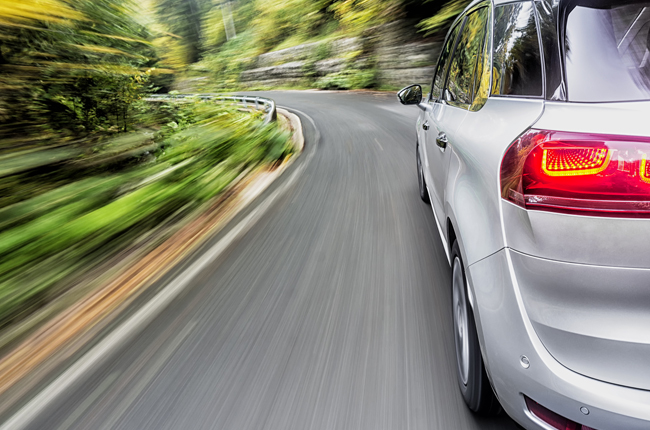
Safety features should be a top priority to consider when buying a brand new car. One of these key features that you should have in your vehicle is traction control. This active safety system silently waits in the background when you need it to help your car accelerate efficiently and prevent wheel slippage at the same time. It works especially well for vehicles with high torque to help you get moving smoothly and efficiently, especially from a stopped or slowed position.
What is traction control?

Traction control is an active safety feature that helps keep traction between the tires and the road in slippery or dangerous conditions. Depending on how complicated the system is, it can even limit how much the wheels can spin using the brakes or other methods to make it easier for your tires to stay connected to the surface you are driving on. Think of it as a reverse ABS module, it helps you keep grip and traction while accelerating in a similar fashion to how ABS helps you keep your wheels gripping and not slipping during hard or emergency braking situations.
For even better results and well better stability, a traction control system works best when it is paired with a stability control system. A stability control system utilizes more sensors and can control more aspects of your vehicle in order to help keep you in control of your car at all times. It can even help you steer the vehicle to where you want it to go during an emergency situation by applying the brakes accordingly.
How does it work?

Traction control utilizes several active sensors which are connected to each of your vehicle’s four wheels. These sensors measure the yaw or the side-to-side motion of your vehicle. They also key a careful eye on the speed of your vehicle and what the tires are doing. If it senses that a tire is spinning faster than the speed of the vehicle, then the system will kick in to keep traction by either cutting power or applying the brakes to that specific wheel.
You can feel this happen when your car suddenly jerks in a low traction environment. This is the traction control system doing its job to help you maintain optimum grip at all times.
When should you use traction control?

As a general rule, your car’s traction control system automatically turns on when you start your vehicle. It is a feature that can be on all the time that won’t have any adverse effects on your normal driving. It works best in almost all driving conditions but is most effective when it comes to low traction surfaces. In this manner, you will need to turn your traction control on if it is off already. There are a few instances where you will need to have your traction control system off such as when going through mud and snow.
When can I turn it off?
While it is always a good idea to have the traction control system on at all times. There are some instances where it's better to turn the feature off. These instances are if you are going off-roading and are going through terrains such as mud, sand, and even snow. In these scenarios, traction control will do you more harm than good.
In these types of terrain, you will want to have your tires spin furiously so that they can dig through the mud, snow, ice, or sand to find some solid ground. Note that it isn’t applicable for all situations especially if the mud or snow is deeper than your tires or if it's beyond what your tire can handle.
Latest Features
-
The 6 things every Ford Ranger must pass before it leaves the factory / Featured Article
Every Ford Ranger, from the base model to the Ranger Raptor, goes through a full inspection process before it leaves the factory. This includes six steps that make sure it’s ready to drive a...
-
Which GAC AION EV is best for your everyday lifestyle? / Featured Article
The GAC AION lineup has something for everyone, maybe you're after space, speed, or just a smooth city drive. Here's a quick breakdown of which model might work best for your day-to-day life...
-
The AutoDeal Awards 2024: Celebrating excellence in the auto Industry / Featured Article
The AutoDeal Awards 2024: Celebrating excellence in the auto Industry
Popular Articles
-
Cheapest cars under P700,000 in the Philippines
Jerome Tresvalles · Sep 02, 2024
-
First car or next car, the Ford EcoSport is a tough package to beat
Jun 18, 2021
-
Car Maintenance checklist and guide – here’s everything you need to know
Earl Lee · Jan 12, 2021
-
Most fuel efficient family cars in the Philippines
Bryan Aaron Rivera · Nov 27, 2020
-
2021 Geely Okavango — Everything you need to know
Joey Deriquito · Nov 19, 2020
-
Family cars in the Philippines with the biggest trunks
Sep 20, 2023
-
Head to head: Toyota Rush vs. Suzuki XL7
Joey Deriquito · Oct 28, 2020
-
Why oil changes are important for your car
Earl Lee · Nov 10, 2020
-
2021 Kia Stonic — What you need to know about it
Joey Deriquito · Oct 16, 2020
-
Top 7 tips for buying a used car in the Philippines
Joey Deriquito · Nov 26, 2020



